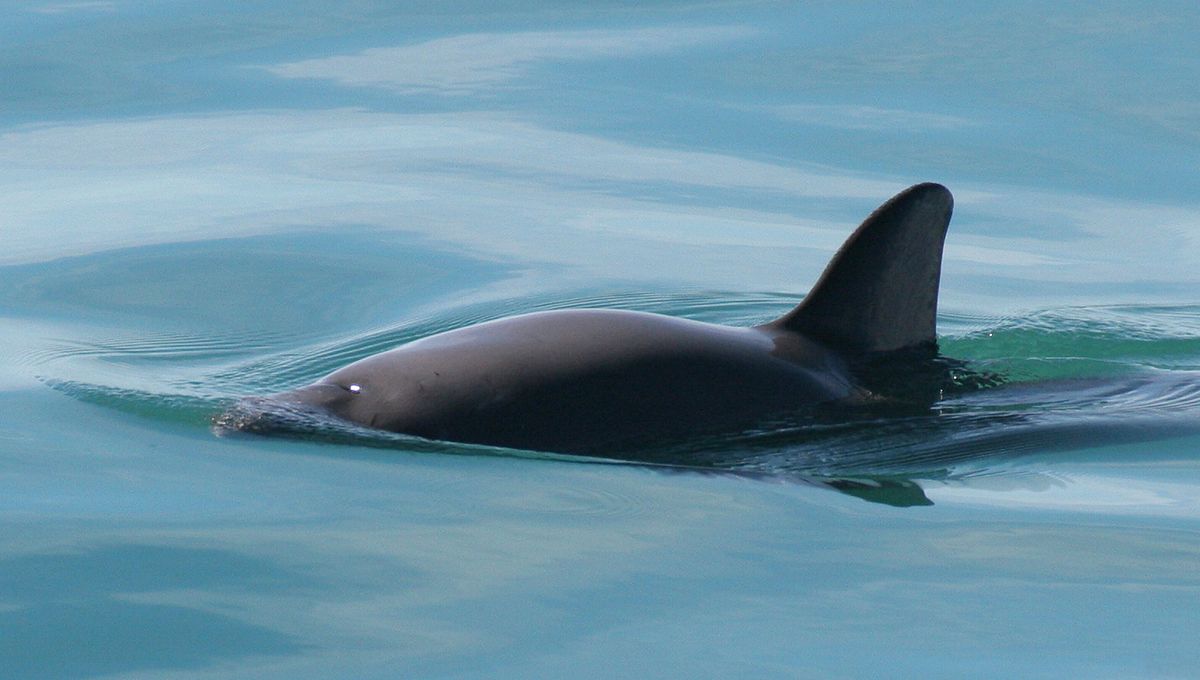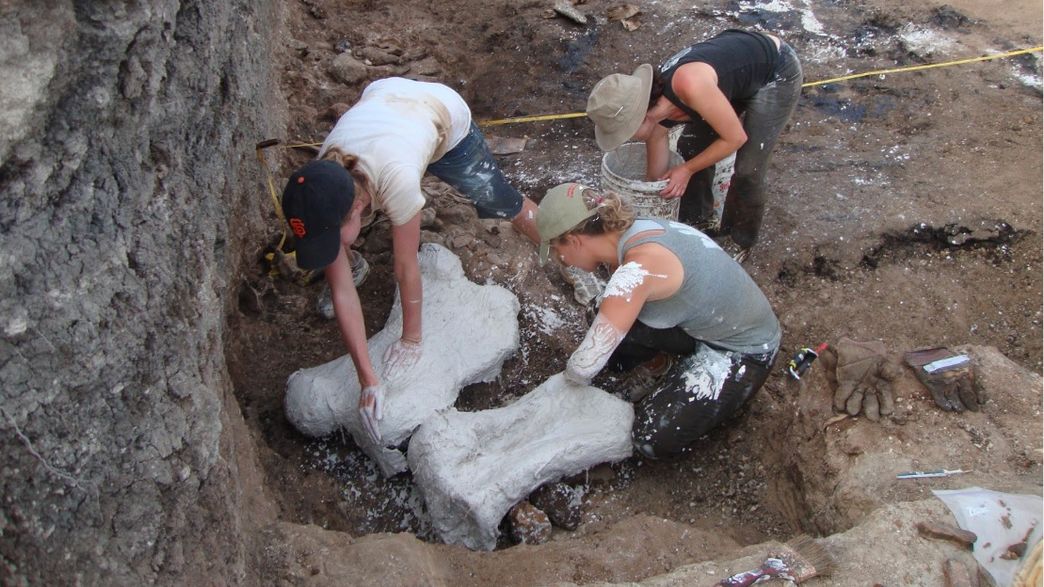“We wanted, with the extinction alert, to send the message to a wider audience and for everyone to understand how serious this is,” emphasized Dr. Lindsay Porter, the vice-chair of the IWC’s scientific committee.
Vaquitas, measuring between 1.2 and 1.5 meters (4-5 feet), are the smallest of all living cetacean species. They exclusively inhabit the Gulf of California, and shockingly, there are believed to be only 10 left, a significant decline from the approximately 30 individuals recorded in 2017. This decline is primarily attributed to fishers using gillnets, specialized flat nets employed for the illegal hunting of totoaba fish, which are highly sought after in the lucrative traditional Chinese medicine black market.
In a desperate attempt to prevent their extinction, various measures have been taken, including the government’s commitment to conserving their ecosystem, the deployment of Navy-trained dolphins to locate them, and multiple efforts to relocate them to a specially protected marine refuge for a captive breeding program. Unfortunately, these attempts had to be abandoned after the tragic death of a female vaquita during the capture process.
While the possibility of this smallest marine mammal going extinct in our lifetime is very real, the Mexican navy has implemented plans to establish a zero-tolerance area (ZTA) using 193 concrete blocks to prohibit gillnet fishing. In theory, this measure has resulted in a 90 percent decrease in gillnetting within the ZTA, but it may have shifted the problem to the ZTA’s periphery.
In more positive news, scientists have recently observed the same number of vaquitas in May 2023 as in 2021 and 2019 near San Felipe, Mexico. All the animals, including a new calf, were observed to be healthy and actively feeding.
“There is at least one brand new baby vaquita,” exclaimed Porter. “They haven’t stopped breeding. If we can alleviate this one pressure, the population may have a chance to recover. We cannot afford to give up now.”
The IWC strongly advocates for a complete ban on gillnet fishing and the implementation of safe and sustainable alternatives to protect the livelihoods of the fishing community and provide hope for the recovery of this species.








